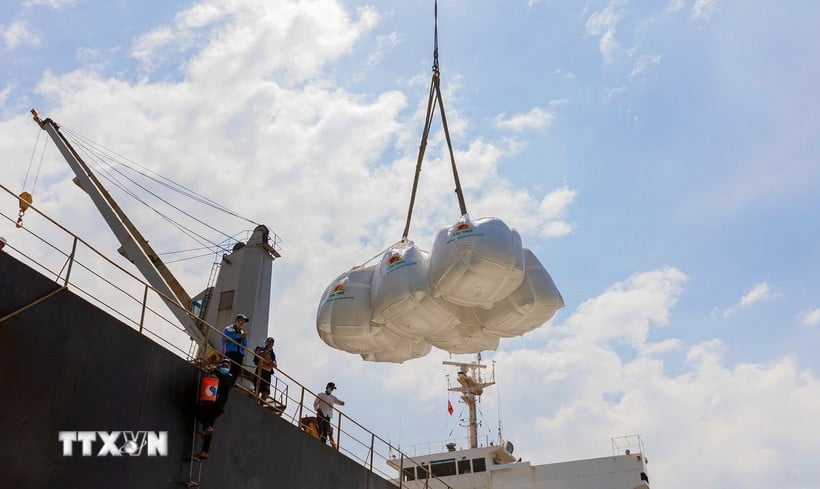
Last week, the rice market in the Mekong Delta went down; in which, the decline was stronger in rice.
Meanwhile, the Asian rice export market continues to be quiet due to weak demand.
According to the Vietnam Food Association, the highest price of regular rice at the field last week was 5,450 VND/kg, the average price was 5,297 VND/kg, down 43 VND/kg. The average price of regular rice at the warehouse was 6,483 VND/kg, down 67 VND/kg; the highest price was 6,650 VND/kg.
Prices of rice products also decreased. 5% broken rice has the highest price of 10,200 VND/kg, average price of 9,529 VND/kg, down 193 VND/kg. 15% broken rice has the highest price of 9,800 VND/kg, average price of 9,2430 VND/kg, down 200 VND/kg. 25% broken rice has the highest price of 9,450 VND/kg, average price of 8,893 VND/kg, also down 200 VND/kg.
The price of grade 1 white rice increased by VND10/kg, the average price is VND10,650/kg. Grade 1 brown rice decreased by VND25/kg, the average price is VND9,142/kg.
According to the Institute of Strategy and Policy on Agriculture and Environment, last week, the price of IR 50404 dry rice in Can Tho was 7,900 VND/kg, Vinh Long maintained at 6,600 VND/kg; Dong Thap was 6,600 VND/kg.
With OM 18, in Can Tho it is 7,400 VND/kg; Dong Thap it is 7,000 VND/kg,... With Jasmine rice, in Can Tho it is 8,400 VND/kg; Dong Thap it is 7,000 VND/kg. ST 25 in Can Tho is still 9,500 VND/kg.
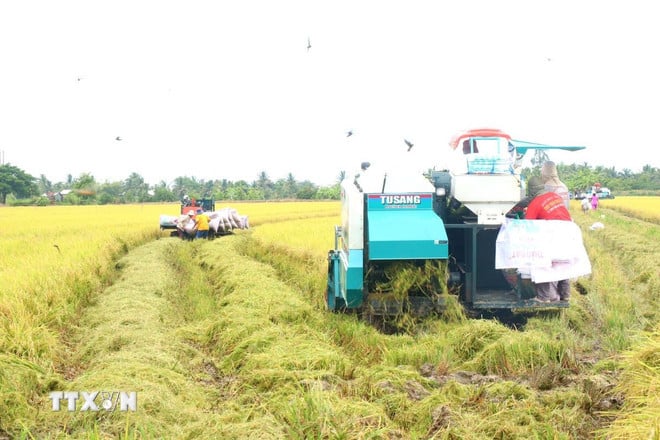
According to the update of the Department of Agriculture and Environment of An Giang , the prices of some types of fresh rice purchased by traders are: IR 50404 rice at 5,560-5,800 VND/kg, an increase of 200 VND/kg; OM 380 rice at 5,700-5,900 VND/kg, an increase of 100 VND/kg; OM 5451 rice fluctuates at 5,800-6,000 VND/kg; OM 18 and Nang Hoa at 6,000-6,200 VND/kg.
Regarding rice products in the retail market in An Giang, regular rice costs from 14,500-15,000 VND/kg; long-grain fragrant rice from 20,000-22,000 VND/kg; Jasmine rice from 16,000-18,000 VND/kg; common white rice 16,000 VND/kg, Nang Hoa rice 21,000 VND/kg; Huong Lai rice 22,000 VND/kg; Taiwanese fragrant rice 20,000 VND/kg; Soc rice usually fluctuates at 17,000 VND/kg; Soc Thai rice costs 20,000 VND/kg; Japanese rice costs 22,000 VND/kg.
The price of IR 504 raw rice is at 7,600-7,700 VND/kg, IR 504 finished rice is from 9,600-9,700 VND/kg; OM 380 raw rice is from 7,400-7,500 VND/kg; OM 380 finished rice fluctuates at 8,800-9,000 VND/kg.
For by-products, the price of by-products of all kinds fluctuates between 7,000-9,000 VND/kg. The price of dry bran is at 8,000-9,000 VND/kg.
On the export side, Vietnam’s 5% broken rice was offered at $382 a tonne this week, the same as last week, according to the Vietnam Food Association. A trader in Ho Chi Minh City said there had been no recent improvement in demand as not many new contracts had been negotiated.
Overall, the Asian rice export market remained subdued last week, with Indian prices falling slightly and Thai prices remaining stable. Weak demand kept buyers on the sidelines.
India’s 5% broken parboiled rice was quoted at $380-$385 a tonne, down from last week’s $382-$387. Meanwhile, India’s 5% broken white rice was quoted at $374-$380 a tonne this week.
Buyers are postponing purchases as prices in top exporting countries are in a correction phase, a trader in New Delhi said.
Thailand's 5% broken rice was quoted at $380 a tonne, unchanged from last week.
There are few buyers, so the outlook is not bright, said a Bangkok-based trader. Another trader said prices could fall in early August when the new crop hits the market.
Meanwhile, in Bangladesh, domestic rice prices remain high despite abundant reserves, hitting consumers hard.
Regarding the US agricultural market, corn futures prices on the Chicago Board of Trade (CBOT) fell, while soybean futures prices also fell in the session on July 11, amid predictions that favorable weather will lead to bumper crops in the US.
The US Department of Agriculture (USDA) released its monthly report, which kept production estimates unchanged from the June report, but traders forecast that production will increase if weather conditions continue to be favorable.
Abundant rainfall across the country along with cooler temperatures could help boost corn yields, said Chuck Shelby, a broker with Risk Management Commodities.
Corn prices fell 4.25 cents to $4.1225 a bushel on July 11, near an eight-month low hit in late June. (1 bushel of wheat/soybeans = 27.2 kg; 1 bushel of corn = 25.4 kg).
Soybean futures fell 6.5 cents to $10.0725 a bushel, trading near a three-month low. Wheat futures closed down 9.5 cents at $5.45 a bushel on July 11, after rising to a one-week high.
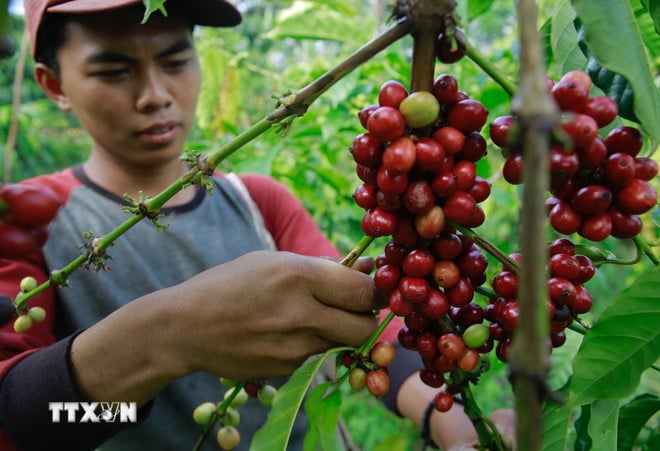
The world coffee market showed that in the trading session on July 11, both Robusta and Arabica coffee prices were in the red. On the London floor, Robusta coffee prices for delivery in September 2025 decreased by 104 USD/ton to 3,216 USD/ton, while the delivery term in November 2025 decreased by 104 USD to 3,170 USD/ton.
On the New York floor, Arabica coffee prices also fell slightly to around 280-286 US cents/pound (1 pound = 0.45kg). The main reason for this sharp price drop is the abundant supply from Brazil and Indonesia, the two largest coffee exporting countries in the world.
In addition, information that the US imposed high tariffs on goods from Brazil and Indonesia disrupted the export market and further destabilized investor sentiment.
A sell-off by hedge funds ahead of the weekend, coupled with a depreciation of the Brazilian real and a strong US dollar, also contributed to pressure on global coffee prices.
Under pressure from the world market, on July 12, the domestic coffee market continued to record a sharp decline, with a decrease of 2,300-2,800 VND/kg in most key localities.
This is considered the deepest drop in over a year, bringing coffee prices to a new low, fluctuating around 89,500-90,300 VND/kg./.
Source: https://baoquangninh.vn/thi-truong-nong-san-gia-lua-gao-o-dong-bang-song-cuu-long-deu-giam-3366614.html



![[Photo] Solemn opening of the 10th Session, 15th National Assembly](https://vphoto.vietnam.vn/thumb/1200x675/vietnam/resource/IMAGE/2025/10/20/1760937111622_ndo_br_1-202-jpg.webp)
![[Photo] The Steering Committee of the 2025 Fall Fair checks the progress of the organization](https://vphoto.vietnam.vn/thumb/1200x675/vietnam/resource/IMAGE/2025/10/20/1760918203241_nam-5371-jpg.webp)









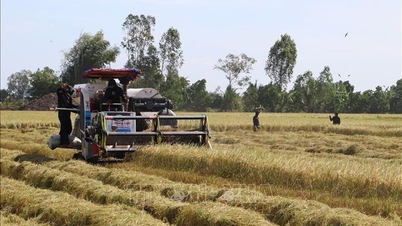


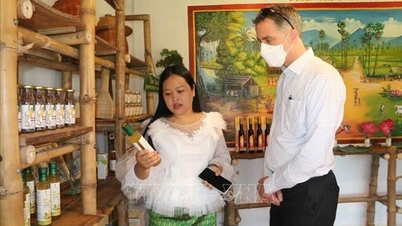



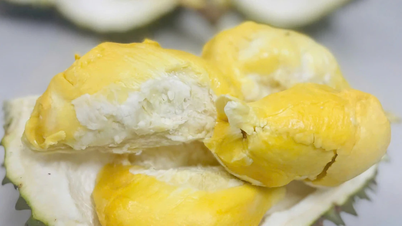


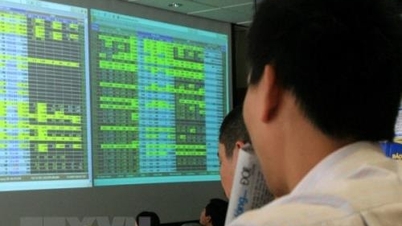





















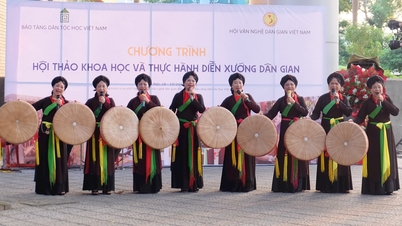












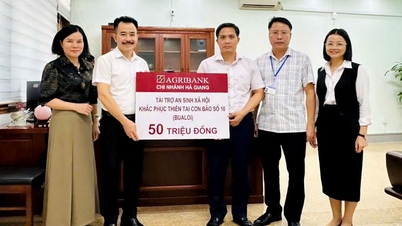

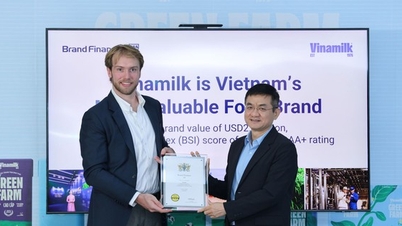










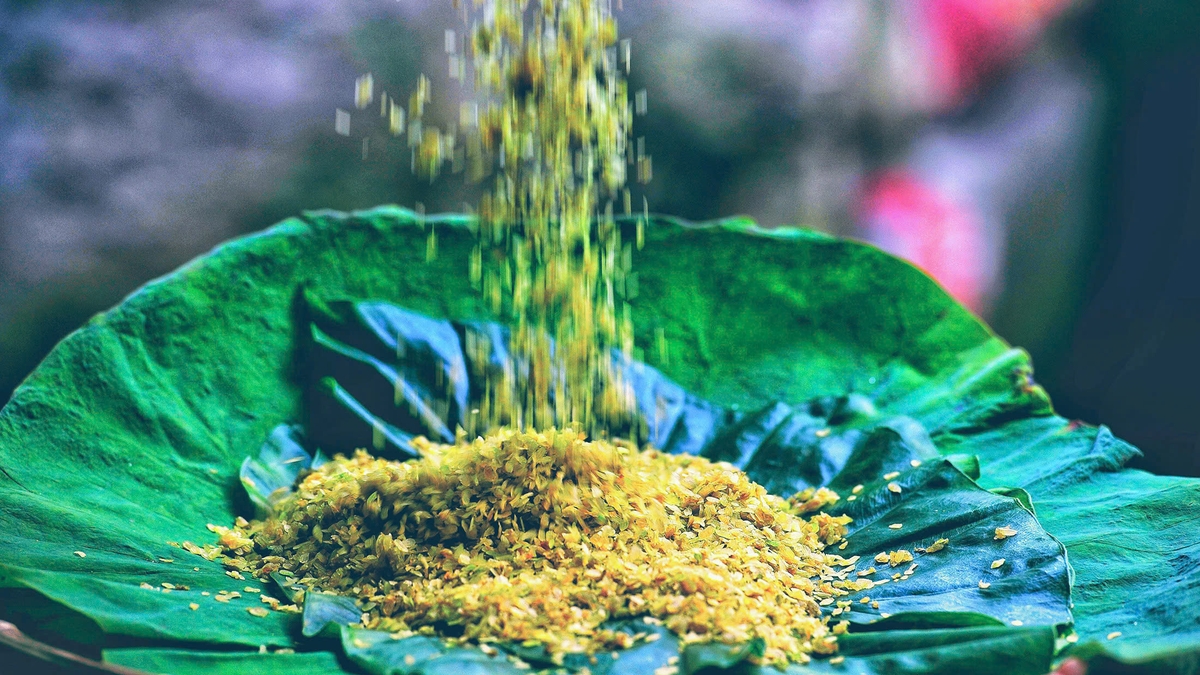



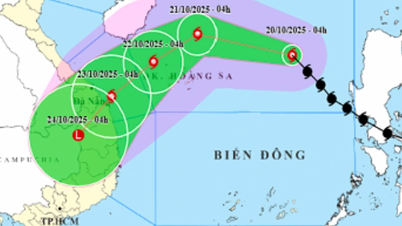

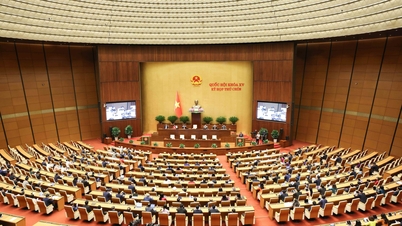

















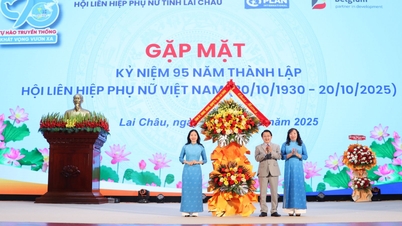




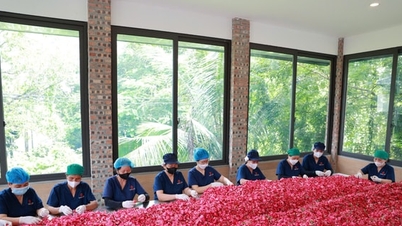









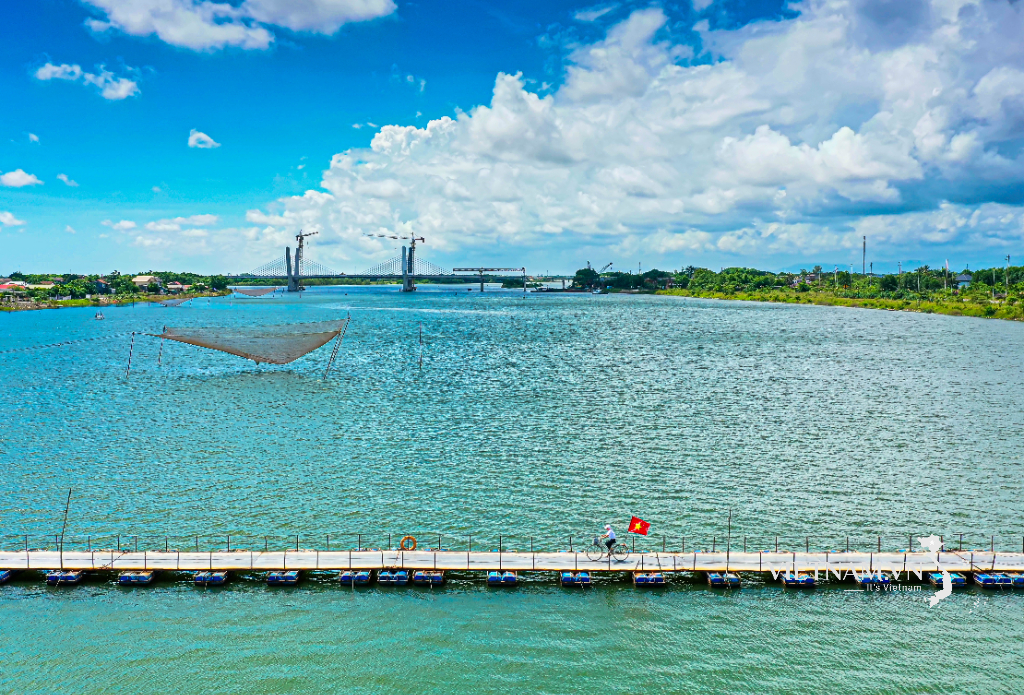
Comment (0)